What Went Wrong with this pervious concrete installation?
This Pervious Concrete failed before it went into use! What went wrong? The installation was done by a “Certified Pervious Concrete Technician” who was inexperienced. It was done at a new shopping center in Pasco County. The General Contractor thought they were saving a lot of money but this Pervious is useless! When this picture was taken it was only a few weeks old!
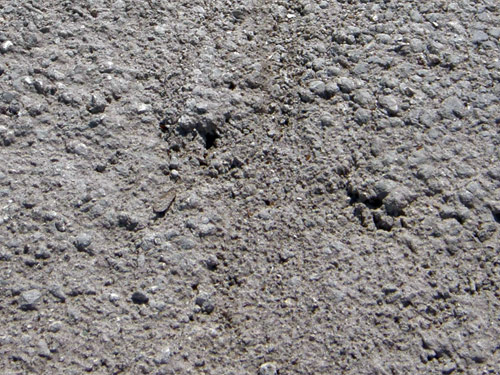
Did the General Contractor or the site engineer know what made for a quality installation? Did they know the answers to these questions? If they had down loaded our specifications they might have known the answer to these questions?
- How was the base prepared?
- Who specified the Pervious Concrete Mix?
- How much water did it have mixed in?
- How was it placed and leveled?
- How soon after placement was it compacted, and how?
- How were control joints used? Were they?
- How was it cured to allow hydration? Was it kept moist?
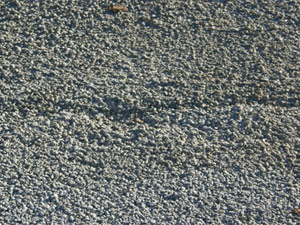
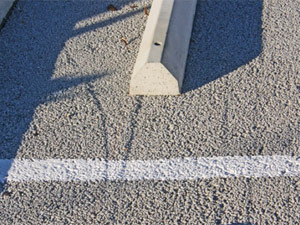
Here is some more bad work installed recently in Largo, Florida by another Pervious Technician. Not only does it look bad, but it will start raveling in a short time.
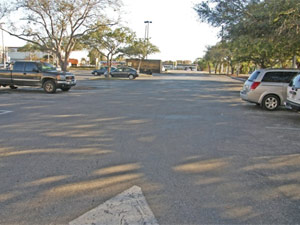

Above is a parking lot for a shopping center that originally was installed by an unqualified installer. It was originally installed with Pervious Concrete, but because it cracked, raveled and developed potholes, the developer covered it over with asphalt. By using Pervious Concrete the original developer was able to reduce the amount of space required for retention ponds, but when the parking lot became impervious the rain water was diverted from the aquifer into storm sewers and eventually into the Gulf of Mexico. This means that every rainfall of 1-1/2″ or more wastes about 80,000 gallons of precious fresh water.
The only way to correct this mess is to tear it out and start over! Also notice that the cracks in the pervious concrete base are reflected through the asphalt. This is common when new asphalt is installed over a cracked base pavement.
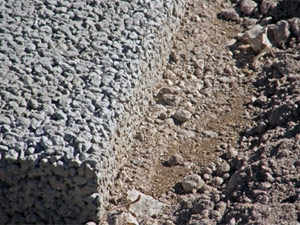

Picture on left shows properly compacted pervious concrete four days after placement. With proper compaction Pervious Concrete will last for decades. Picture on right is a Pervious Concrete installation five years earlier. Aside from slight build-up of sand which can be easily vacuumed, there has been no raveling or cracking. This is across the street from the bad work above in Largo, Florida.
